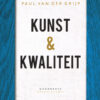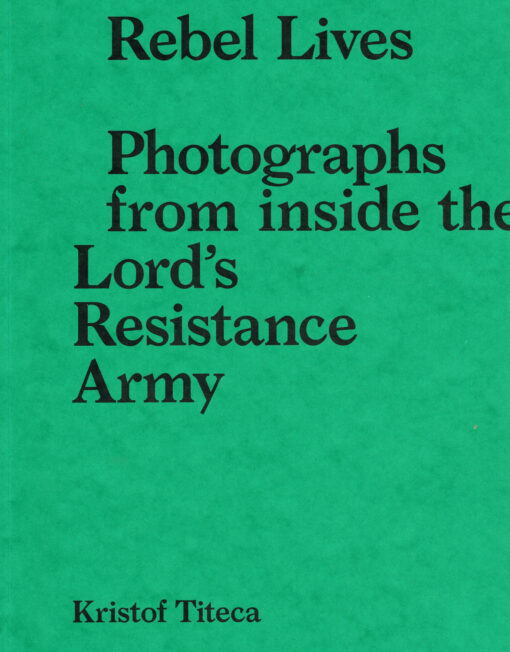Terug/Home/Webwinkel ramsj.nl /Kunst/Fotografie/Rebel Lives
Kristof Titeca
Rebel Lives
Photographs from inside the Lord's Resistance Army
€ 39,95 Oorspronkelijke prijs was: € 39,95.€ 15,00Huidige prijs is: € 15,00.
The Lord’s Resistance Army, led by the infamous Joseph Kony, is a rebel group that was active in Northern Uganda from the second half of the 1980s. The rebellion became notorious for the use of extreme violence, in particular its large-scale abductions of civilians, of which more than half were children. ‘Rebel Lives’ is a visual story about life inside the rebel group: based on photographs taken by LRA commanders between 1994 and 2004, it documents life inside the group, and depicts the rebels as they wanted to be seen among themselves and by the outside world. Kristof Titeca, senior lecturer in Development Studies and expert on the LRA, collected this material, and used it to trace the photographed (former) rebels. Together with Congolese photographer Georges Senga, he travelled back to photograph the former rebels in their current context, and give a voice to these actors. This visual story is not only about the LRA. It is a story about conflict in all times, and all places, where the limits of victim and perpetrator have become blurred, where people struggle to survive and find their place, and where children in particular bear the brunt of this tension.
Gerelateerde producten
kunst
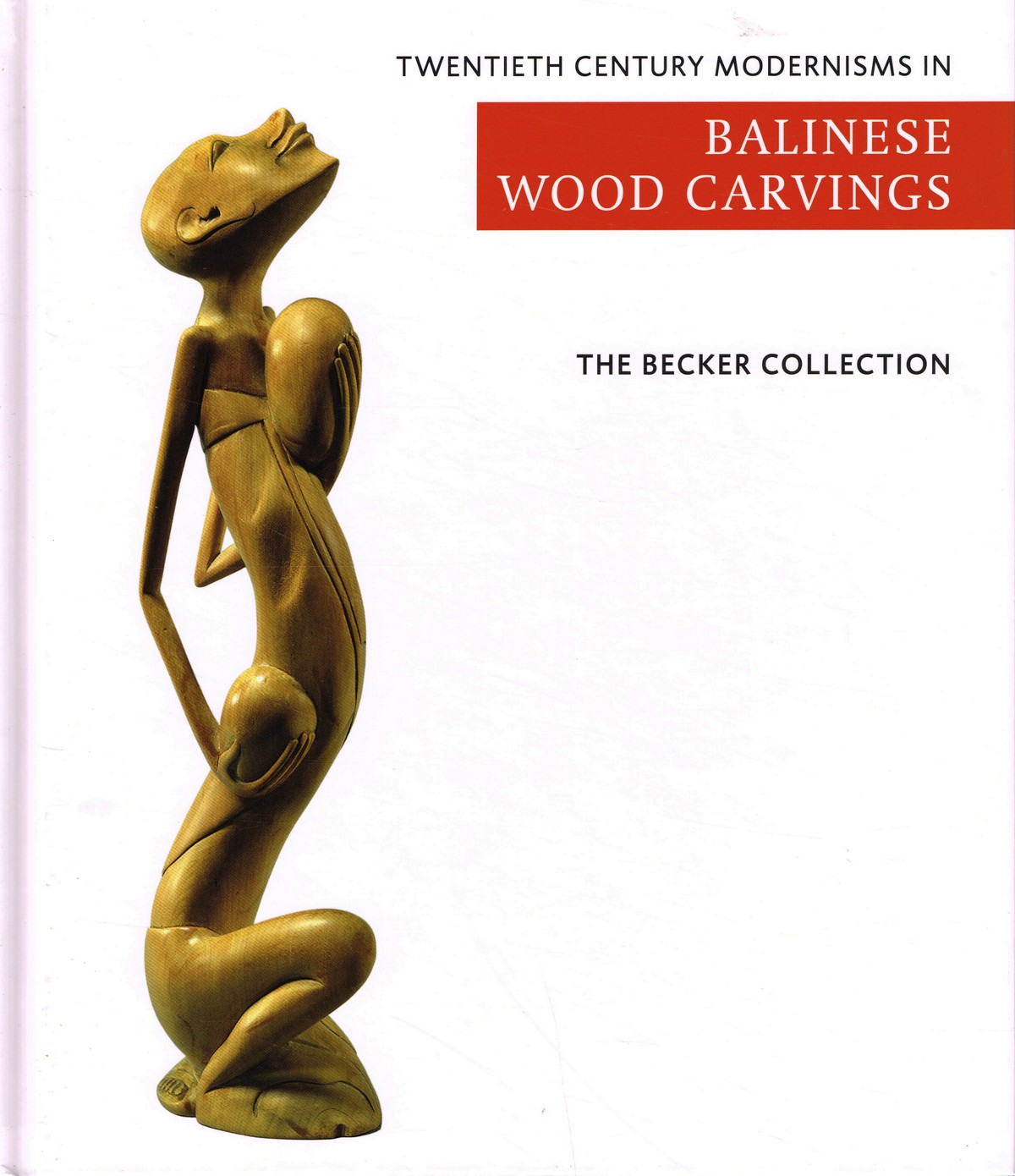
Ton & Mies Becker
Twentieth Century Modernisms in Balinese Wood Carvings
'The Becker Collection - Twentieth century modernisms in Balinese wood carving' contains the private collection of twentieth century ?modern style? Balinese wood carvings, collected by Ton and Mies Becker, both retired medical specialists and collectors of Asian art. Between the 8th and 10th century Hindu influences spread to Bali and blended into the exiting Balinese mix of animistic and Buddhist styles and subjects, known as Bali Aga. Hence, in due time the craftsmen obtained the subjects for their works from the Hindu-Balinese religion and their heroes and demons from famous Hindu epics. This particular style became known in the Western art world as the ?Traditional or Old Balinese style?. In the 20th century the arts and crafts scene in Bali changed completely. First because of Western artist who visited Bali and stayed on to work there and, second, because of the gradual influx of increasing numbers of foreign tourists. In addition the Dutch colonial government started a military campaign to control the powerful kingdoms of central and southern Bali. As a result the local craftsmen lost their royal support and soon realized that foreign tourists were not particularly interested in gods and heroes. Hence, stimulated by some of the Western artists who had settled in Bali, they turned to secular subjects taken from nature and everyday life and became more impressionistic in the execution. This led to a range of new styles, often impressionistic and sometimes even minimalistic and caricatural with bizarre elongated shapes or solid compact forms. In this book we are concerned with this particular type of 20th century ?Modern Style? Balinese wood carving. The catalogue contains 40 objects of ?modern style? wood carving, representing different styles. Each object is photographed, both as an overview and in details if so requested. A brief description of each object is provided, together with the estimated date, and additional information is provided if considered useful. The catalogue is preceded by an essay on the history of Balinese wood carving. Van Spijkgeb - 144 blz
kunst
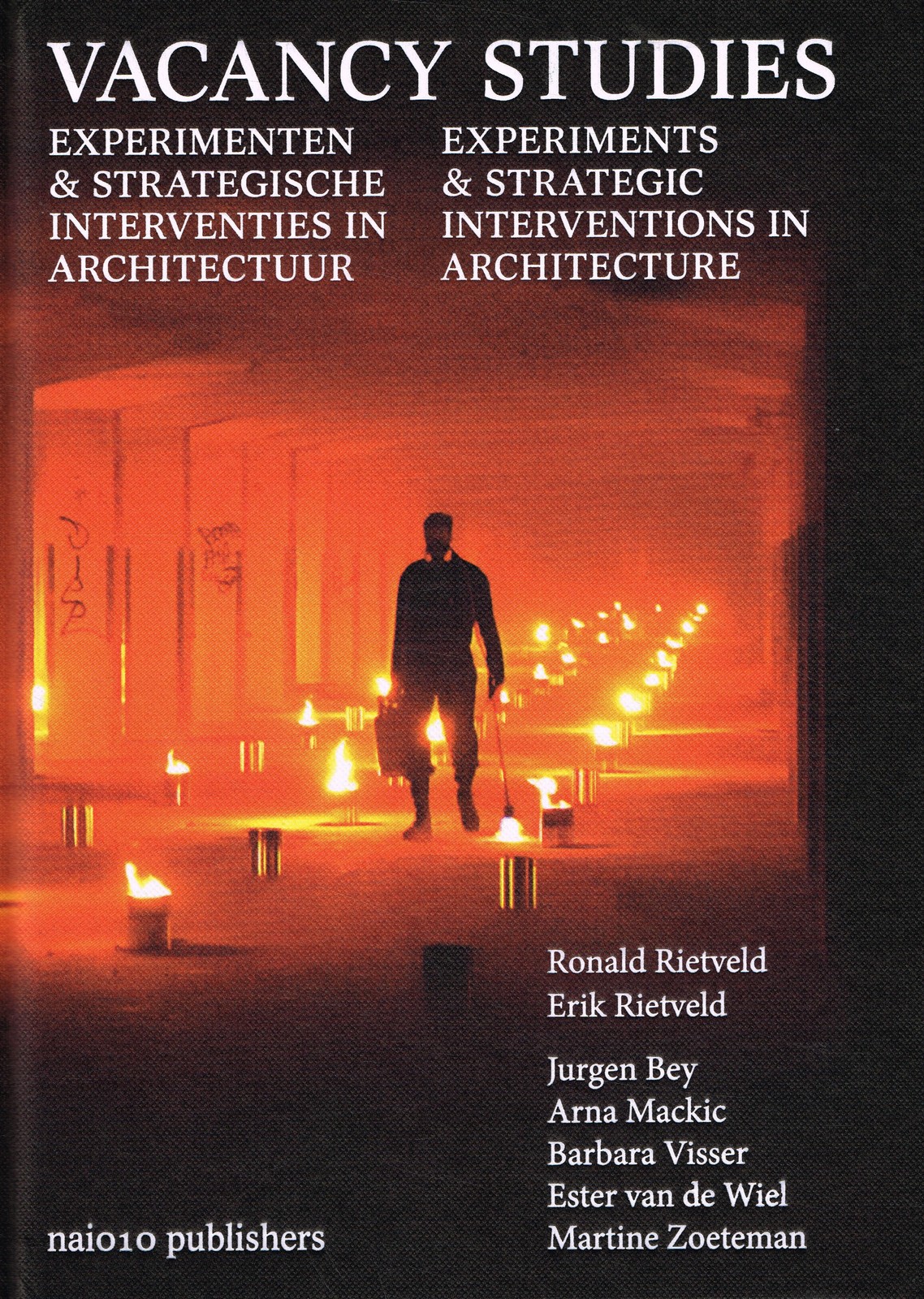
Ronald Rietveld
Vacancy Studies
For English see below- Veel bunkers, forten, kerken, kastelen, ziekenhuizen, watertorens, postkantoren, gevangenissen, paleizen en vliegvelden staan leeg. 'Vacancy Studies' biedt de architectuurwereld een optimistisch perspectief op tijdelijk hergebruik van leegstand. Volgens RAAAF [Rietveld Architecture-Art-Affordances] schuilt er een grote potentie in leegstaande publieke en overheidsgebouwen. De gigantische omvang ervan hebben zij gevisualiseerd met de installatie Vacant NL op de Architectuurbiënnale van Venetië in 2010. De wereldwijde media-aandacht in onder meer The New York Times, The Guardian en The Architectural Review, toont de internationale relevantie van hun visie voor het nieuwe vakgebied 'Vacancy Studies'. Ontwerpers kunnen een belangrijke bijdrage leveren aan maatschappelijke issues zoals leegstand. Dit vraagt om nieuwe manieren van werken. In de praktijk van RAAAF en door een multidisciplinair team aan het Sandberg Instituut is 'Vacancy Studies' verder ontwikkeld. 'Vacancy Studies' introduceert de ontwerpbenadering van 'strategische interventies' en toont nieuwe denkbeelden en experimenten. 'Vacancy Studies' is een onmisbare referentie voor iedereen die geïnteresseerd is in de mogelijkheden van leegstand.- Many bunkers, forts, churches, castles, hospitals, water towers, post offices, prisons, palaces and airports are empty. 'Vacancy Studies' offers the architectural world an optimistic perspective on the temporary reuse of vacant buildings. According to RAAAF [Rietveld Architecture-Art-Affordances], there is great potential in vacant public and government buildings. They have visualised its gigantic size with the installation Vacant NL at the Venice Architecture Biennale in 2010. The worldwide media coverage in The New York Times, The Guardian and The Architectural Review, among others, shows the international relevance of their vision for the new field of 'Vacancy Studies'. Designers can make an important contribution to social issues such as vacancy. This requires new ways of working. In the practice of RAAAF and by a multidisciplinary team at the Sandberg Institute, 'Vacancy Studies' has been further developed. 'Vacancy Studies' introduces the design approach to 'strategic interventions' and shows new ideas and experiments. 'Vacancy Studies' is an indispensable reference for anyone interested in the possibilities of vacancy. nai010geb - 184 blz
kunst
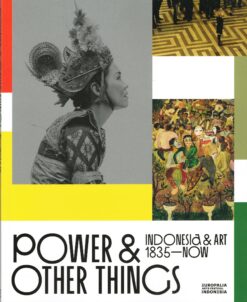
Power & Other Things
The project takes its name from the demand for the transfer of power and other things to the newly independent Indonesia in 1945. It travels through time, from European colonial occupation through the development of the republican state to the trans-national contemporary cultures of today. It looks at the various international exchanges that happened in the territories of contemporary Indonesia, through the images and ideas of artists. These exchanges were of different kinds: trade, culture, religion, ideology and war. They produced a variety of results: violence, oppression, racism, creativity, spiritual awakening, and other things. The ideologies and challenges of modernity are common ways in which Indonesia has been depicted by others and has defined itself over the period. As this modern period recedes into history, the project will seek ways to remember how it has influenced contemporary understanding and ask the current generation of artists to look back in order to rewrite the past and potentially create the conditions for a different future. The catalogue and the exhibition will follow a broad chronological narrative, allowing readers and visitors to learn more about how this huge archipelago has changed over the past two centuries and to observe how it has responded and adapted to influences originating from both inside and outside the islands. The influence of the imperial Dutch and Japanese occupations naturally form a significant element in the narrative of the exhibition as does the constant struggle for different forms of independence or equal treatment by the Javanese and other Indonesian cultures. The importance of Chinese and Arab influence on Indonesia's cultural history will also feature as the exhibition tries to look for alternative ways, alongside the post-colonial, for understanding the present. The presentations will include work made during the residencies as well as new commissions. Snoeckpap - 127 blz
kunst
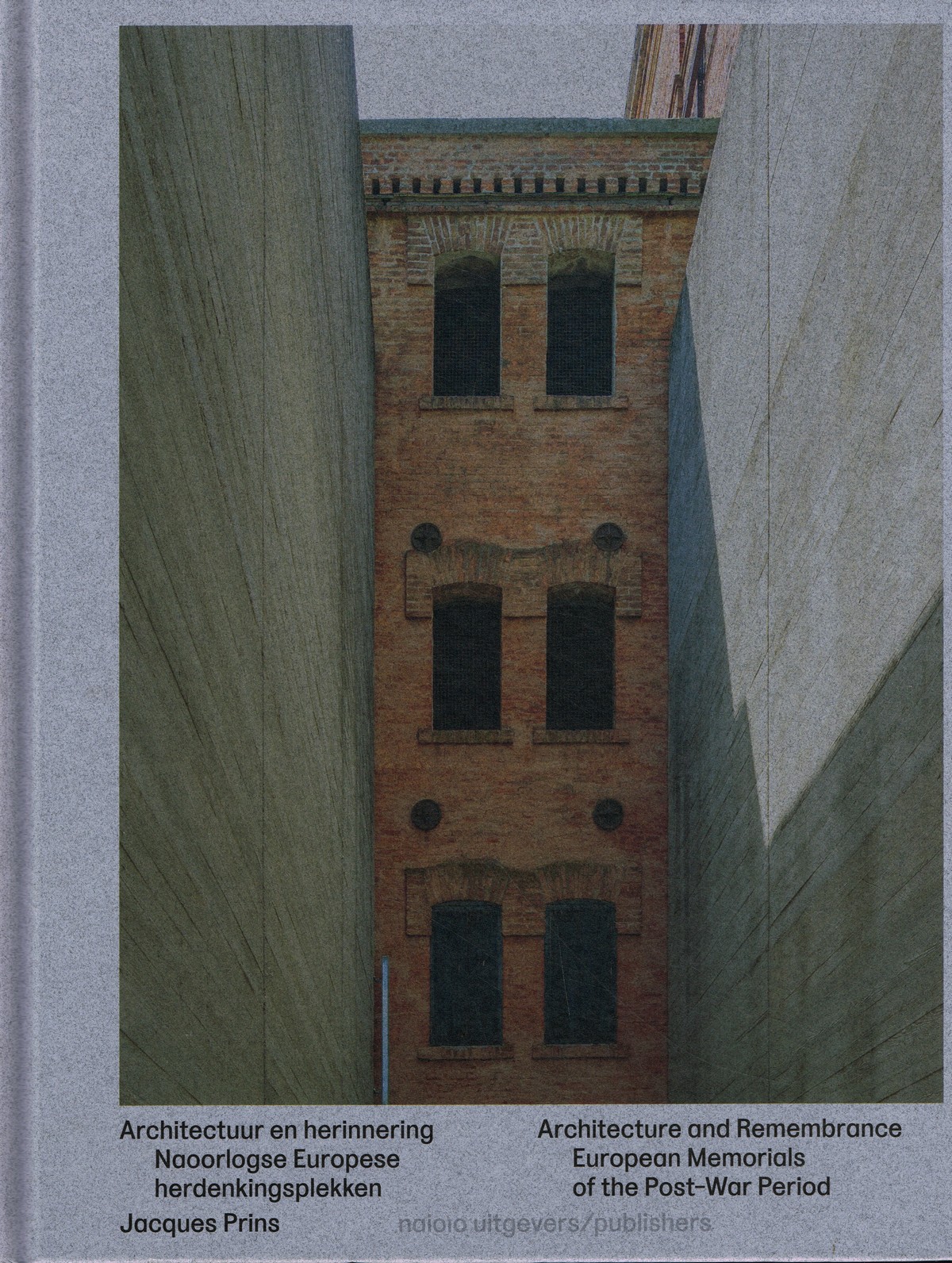
Jacques Prins
Architectuur en herinnering / Architecture and Remembrance
For Dutch see below - English - 2020 is the 75th anniversary of the end of the Second World War. In Architecture and Memory, architect Jacques Prins focuses on commemorative sites. He brings together 40 of these sites, from across Europe and from the post-war period, and documents them in texts, drawings and photographs. His aim is to convey the feeling of oppression and detachment to the visitor, without creating a reconstruction, to really allow them to identify with the past. For easy comparison, Architecture and Memory includes several drawings of each site: of the situation they were in during the Second World War and of the situation they are in today. Together these create an image of the design strategies that different designers have employed over the course of time. Professor dr. Rob van der Laarse is Professor Heritage of the War at CLUE (Cultural Landscape and Urban Environment), the interdisciplinary research institute for heritage and history at the VU. Jacques Prins is architect and partner at Inbo and responsible for the new building of Nationaal Monument Kamp Amersfoort. Max Meijer is heritage advisor at TiMe Amsterdam. - Dutch - In het jaar waarin we 75 jaar bevrijding herdenken staat architect Jacques Prins ook stil bij plaatsen van herinnering. In dit boek brengt hij 40 van deze plekken, verspreid over Europa en uit de naoorlogse periode samen, gedocumenteerd in tekst, tekeningen en foto's. Bij al deze plekken is het doel steeds zonder te reconstrueren toch het gevoel van beklemming en onthechting op de bezoeker over te brengen, zodat deze zich goed met het verleden kan identificeren. Architectuur en herinnering toont van elke plek tekeningen van de situatie tijdens de tweede wereldoorlog en nu, zodat die goed met elkaar vergeleken kunnen worden. Op die manier ontstaat een beeld van de ontwerpstrategie die de verschillende ontwerpers in de loop van de tijd hebben ingezet. Professor dr. Rob van der Laarse is hoogleraar Erfgoed van de oorlog bij CLUE, (Cultural Landscape and Urban Environment), het interdisciplinaire onderzoeksinstituut voor erfgoed en geschiedenis van de VU. Jacques Prins is architect en partner bij Inbo en verantwoordleijk voor de nieuwbouw van herinneringscentrum voor het Nationaal Monument Kamp Amersfoort. Max Meijer is erfgoedadiseur bij TiMe Amsterdam. Nai010geb - 240 blz

